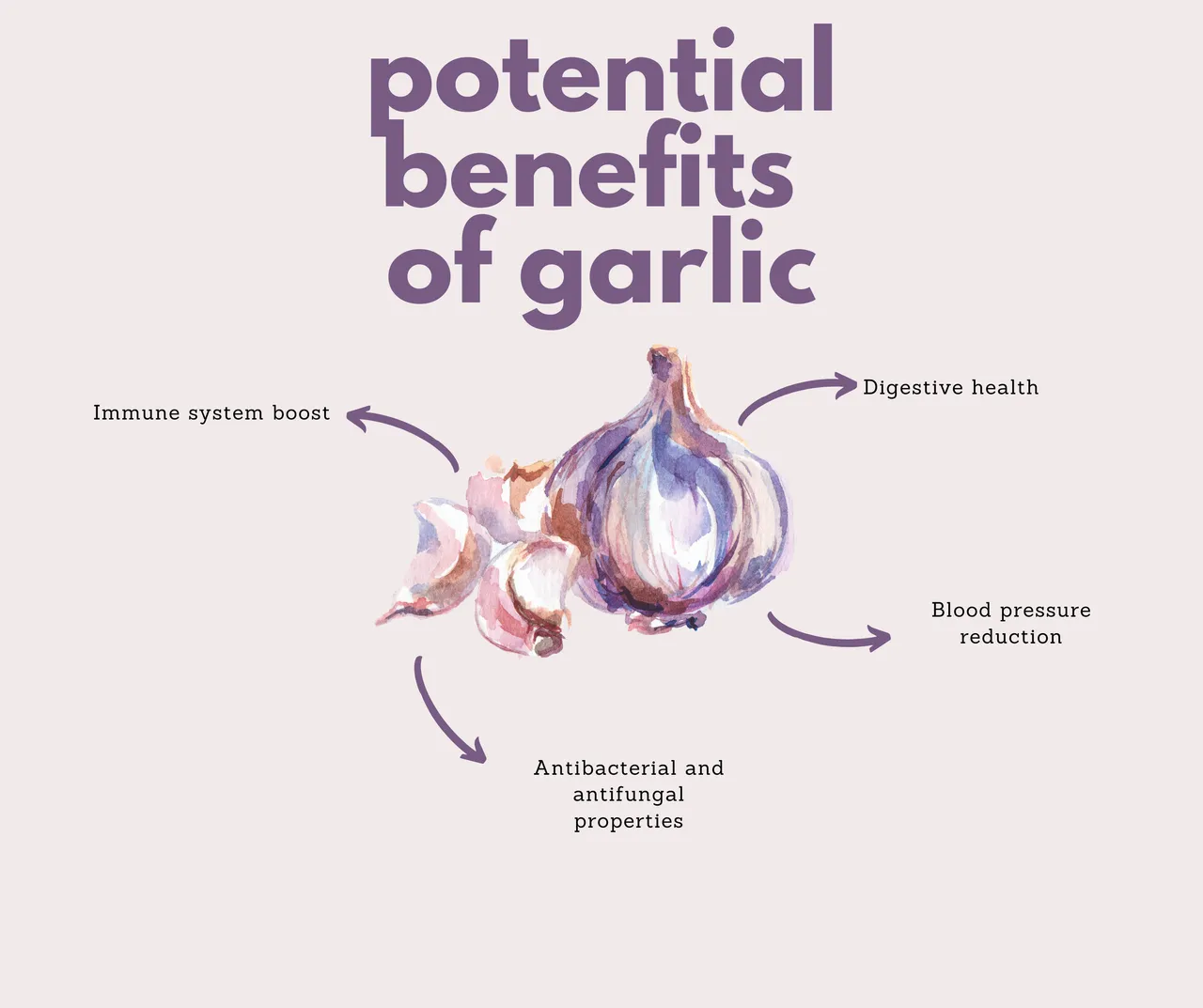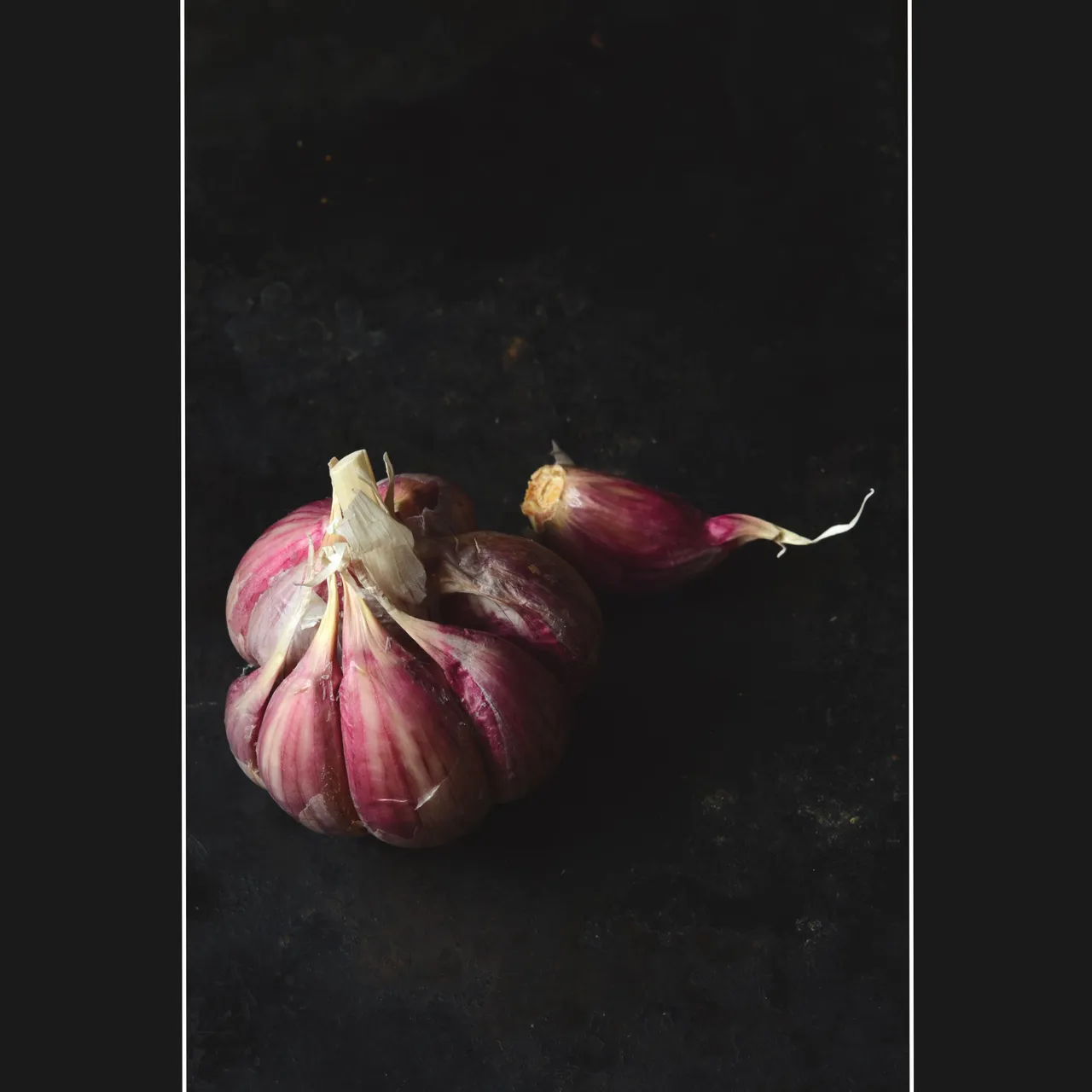
You either love or loathe it; after all, garlic, that ancient flavoring from the onion family, is a notorious breath-breaker. But it is also said to be beneficial for numerous ailments. But is that true?
I like garlic and, therefore, like to mix it into my dishes. Because I love this ingredient, I delved deeper into it and found surprising things about this delicious condiment online.
French aioli, Greek tzatziki, Spanish gambas al ajillo, garlic sauce.... The taste is delicious, but you're left with a persistent garlic reek after eating it. Not just from your mouth, it comes out of all your pores. That infamous garlic cone can linger for up to eighteen hours.

The culprit is the sulfur that the garlic plant extracts from the soil and processes into various defenses against bacteria and greedy animals. This substance is stored in cells and released when you cut or chew garlic.
How intense and pungent garlic smells and tastes depends on the variety, freshness, processing, handling, and conditions.
Chopping, mincing in a mortar, or mashing in a food processor make a difference. Do you like garlic but not its pungent flavor?
If you blanch the whole bulb or roast it in the oven, garlic becomes soft and sweet. This preparation method also removes the enzyme that produces the sulfur taste, so there is no need to fear foul breath. Eat lots of garlic, but be careful; it may cause a burning mouth, headache, stomachache, and gas.

Lust-inducing
According to tradition, the Roman army feasted on garlic before going to war, convinced of the power the cloves would give. In ancient Greece and Egypt, garlic was also attributed with beneficial and even aphrodisiac properties. Eating garlic regularly was said to clear the mind, strengthen "manhood," and expel intestinal parasites.
Still around the spicy bulb hangs a hint of benefit and health. Garlic, among other things, is said to dilate blood vessels and lower blood pressure and holes; it is said to be an effective remedy against bacteria and fungi and reduce the symptoms of colds. A vital substance underlying many claims is allicin. This is released when garlic is eaten. Allicin has been shown in a laboratory setting to be an effective antibiotic against various bacteria. Its effectiveness outside the lab has yet to be proven.
However, dishes usually contain so little garlic that the health effects are negligible. Dietary supplements that combine garlic with other herbs are also said to be good for intestinal function, the immune system, and cardiovascular health, among other things. However, the health effects of supplements and homeopathic medicines containing garlic have yet to be officially proven.
Be careful when storing garlic in oil.

Such a glass jar of peeled cloves in (flavored) oil looks decorative. But eating this garlic can lead to food poisoning. This is because the spore-forming bacterium clostridium decides well in an oxygen-poor environment and then produces the toxin botulinum produces. The disease botulism is rare in most countries. Still, it's recommended, to be on the safe side, that you keep your pickled products in oil, such as garlic, vegetables, and herbs or homemade pesto, in the refrigerator for no more than four days at no more than 4°C. You can also put the peeled cloves in vinegar or lemon juice first. The disadvantage is that it can turn the garlic green-blue.
That smell...
The question remains: How do we eliminate that lousy garlic smell? The answer is disappointing: you need to get rid of it completely.
Most of the odor is created as the garlic passes through the gastrointestinal tract, not in your mouth. Brushing your teeth, therefore, has no effect.
However, the sulfur-containing substances that linger in your mouth can be counteracted somewhat by eating products that contain polyphenols. Examples are mint, parsley (especially the stalks), spinach, apple, and lettuce. Do so immediately after eating garlic, though. A few hours after is no use; by then, the substances from that wonderful globule are already in your bloodstream, and there is no stopping it.

Unfortunately, garlic has no healing power. Crush or squeeze a clove of garlic mainly because you like it, because this flavoring contributes little to your health. Garlic consists primarily of water and carbohydrates. Vitamins B1, B6, and C predominate, and potassium, calcium, and phosphorus minerals are in relatively high quantities.
But garlic is eaten in such small quantities that you get little additional nutrients. There is no convincing scientific evidence to claim that garlic has medicinal properties. Do you take dietary supplements containing garlic? Then, watch out for interactions with medicines. For example, garlic pills may enhance the effect of blood thinners.
Consult your doctor about this.
Different species
Together with chives and onions, garlic (Allium sativum) belongs to the garlic family. It tastes great with age.
Black garlic
Garlic turns black through a drying process in which
the bulb loses half its weight and caramelizes to black. Black garlic tastes sweet and is said to contain more antioxidants. In any case, this is the most expensive of all garlic varieties.
Dried garlic
Dried bulbs are often offered in nets in the supermarket. They are usually already two years old. The cloves have a sharp taste and sometimes already start to sprout.

Pink garlic
The well-known pink garlic comes from Lautrec, France, but it can also come from Spain, Portugal, or Italy. The bulbs are slightly larger and often have a pinkish/purple skin. This variety has a mild flavor and will last up to a year.

Fresh garlic
Looks like a giant spring onion. Peeling is not necessary.
It has a mild flavor and is fragrant. Slightly more expensive than dried garlic.
